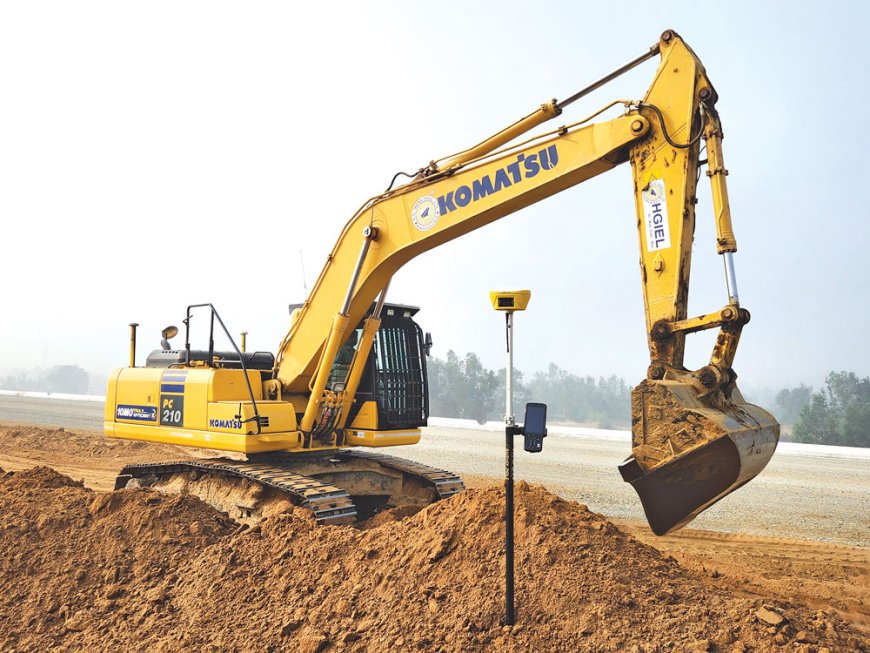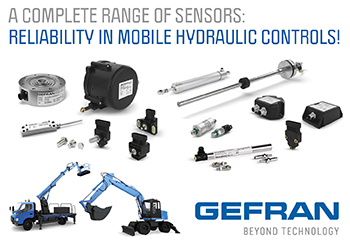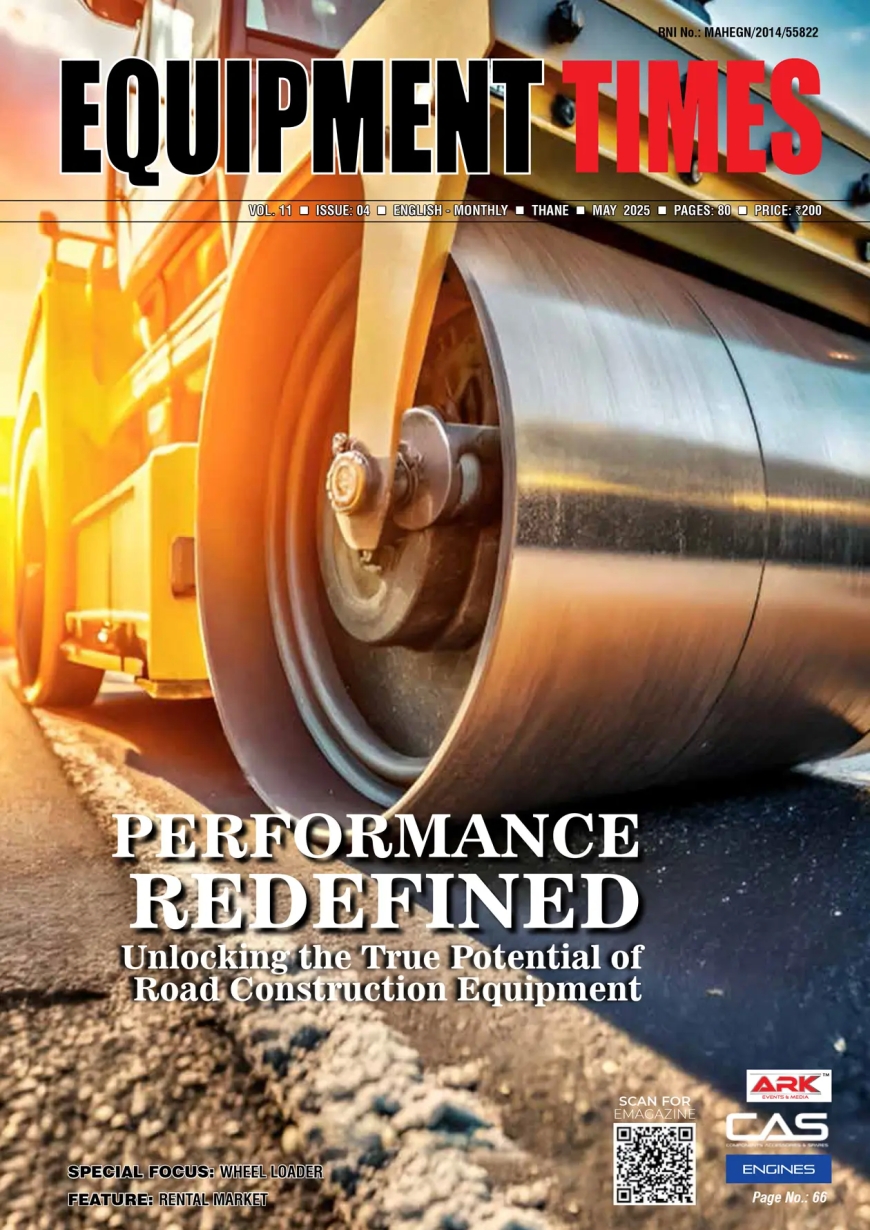We are focusing more on advanced 3D technology, which significantly enhances efficiency.

Samip Desai
Director, MOBA Mobile Automation (India)
What does the name MOBA stand for, and what is your vision as a company? Could you elaborate on the segments you focus on and the unique features of your products?
The name MOBA is derived from “mobile automation,” reflecting our core focus. Our vision is to be the leading choice for automation in all mobile applications. Industries such as road construction, agriculture, and mining require electronic solutions that operate reliably in extreme conditions, including high vibrations, elevated temperatures, and moisture. At MOBA, we design our products specifically to withstand these challenging environments. Unlike factory or home automation, our expertise is solely dedicated to heavy equipment, ensuring durability and performance in the toughest working conditions.
What is your major focus in this exhibition?
This smaller exhibition has actually worked to our advantage by allowing us to connect with the right people. All the legal representatives of various companies are gathered under one roof, giving us the opportunity to engage with them more effectively. With lower footfall, we have more meaningful discussions, making this event a blessing in disguise.
Moreover, attendees now have the time to focus on technology. Our primary focus remains the road construction market, which has always been our strength. We have recently launched the Super Ski, showcased at the Amman booth. This advanced leveling system has been integrated with the ABG paver, making it the latest and most advanced system available globally.
How do you look at the road sector?
This year is expected to be better, with several new projects in the pipeline and significant investments planned in Maharashtra. These developments are likely to drive increased sales in the construction sector. Additionally, the government is actively promoting the adoption of advanced technologies. A recent circular emphasizes the implementation of technology in project specifications, and a dedicated department within the Ministry of Road Transport is focused on integrating innovative solutions into infrastructure development.
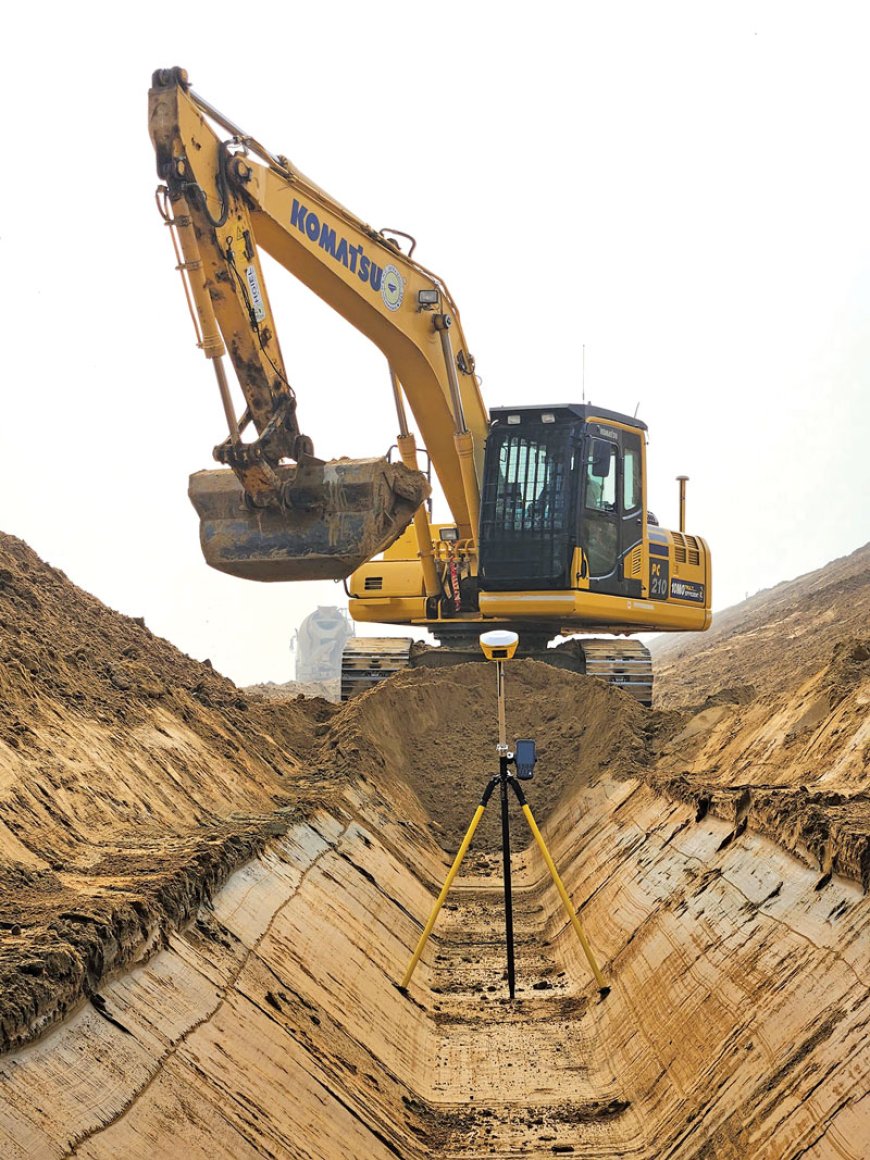 How do you look at the technology applications, making it mandatory for certain applications?
How do you look at the technology applications, making it mandatory for certain applications?
We are currently working on this initiative with the government. We have made several presentations at the ministry level, and they are actively considering updating these specifications. The existing specifications are outdated—we still have sensor-free and mechanical pavers in use. In fact, India is one of the few countries still relying on this older generation of mechanical pavers. Now, the government is looking to revise these standards and encourage the adoption of advanced technology.
There is a strong push to integrate technology into graders, compactors, and pavers. However, in India, widespread adoption often happens only when regulations mandate it. While some forward-thinking contractors invest in technology, the challenge is ensuring that it is effectively utilized on-site. In many cases, the investment remains at the ownership level, but the technology does not trickle down to daily operations.
A key step forward would be linking government payments to reports generated by technology-driven equipment. This would drive adoption across the industry. Fortunately, the government is showing a positive outlook toward these advancements. A number of changes are in the pipeline, and steps will need to be taken to bring them into effect. The sooner these reforms are implemented, the better.
Overall, the industry is moving in the right direction—it’s now a matter of when these efforts will materialize into tangible results.
Do you have any specific plans for the year ahead? Especially, since the budget is also coming up. There may be more allocation to new projects and new developments. Considering those aspects, what are your plans?
We are focusing more on advanced 3D technology, which significantly enhances efficiency. With this system, users can simply import design files into the machine, allowing operators to complete tasks with greater speed and precision—cutting job time in half. This results in increased productivity and a clear return on investment for customers.
A recent project with HG Infra demonstrates the impact of this technology. We installed two 3D systems on excavators for trenching and median drainage work. Initially, the team managed 150 meters per day with four workers. After implementing the 3D system, they achieved 300-350 meters per day with just one worker—doubling their output while reducing labor costs by more than half. This not only provided greater operational visibility but also enabled them to recover the system’s cost within two years.
As project timelines become increasingly tight, such innovations are crucial for meeting deadlines efficiently.
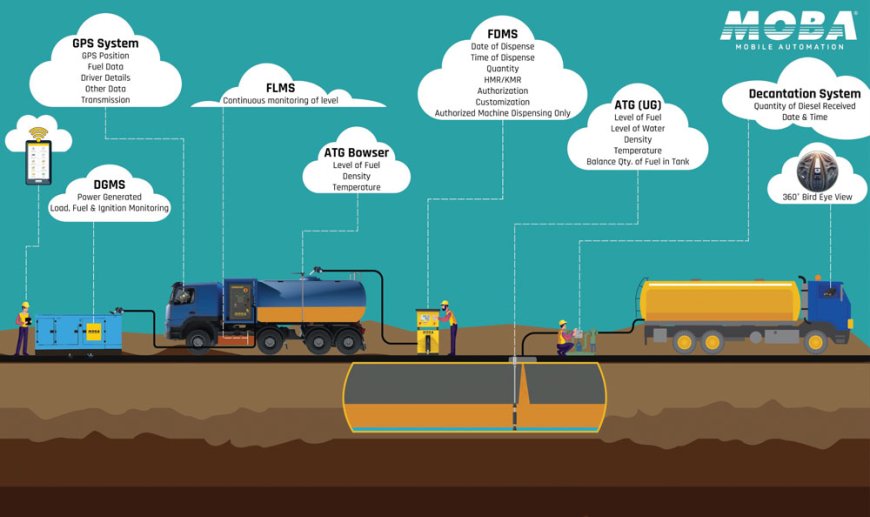
Do you have any plans to continue the new segment applications?
We have launched a segment focused on IoT and fleet management, introducing a comprehensive fuel management system. Our RFID-based fuel management solution covers the entire fuel value chain, ensuring every liter of diesel is accounted for, from refinery till consumption at asset. Additionally, we offer integration with customers’ ERP systems, significantly reducing manual errors that were previously common in the process.
